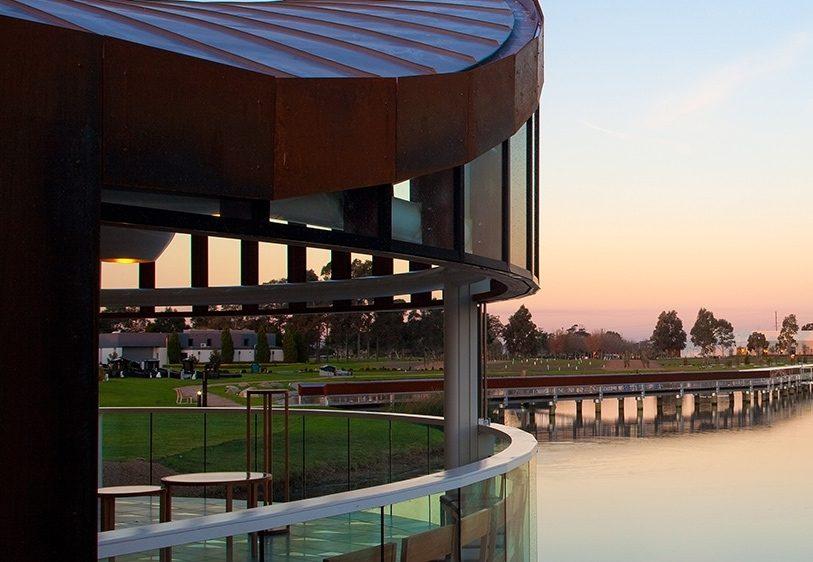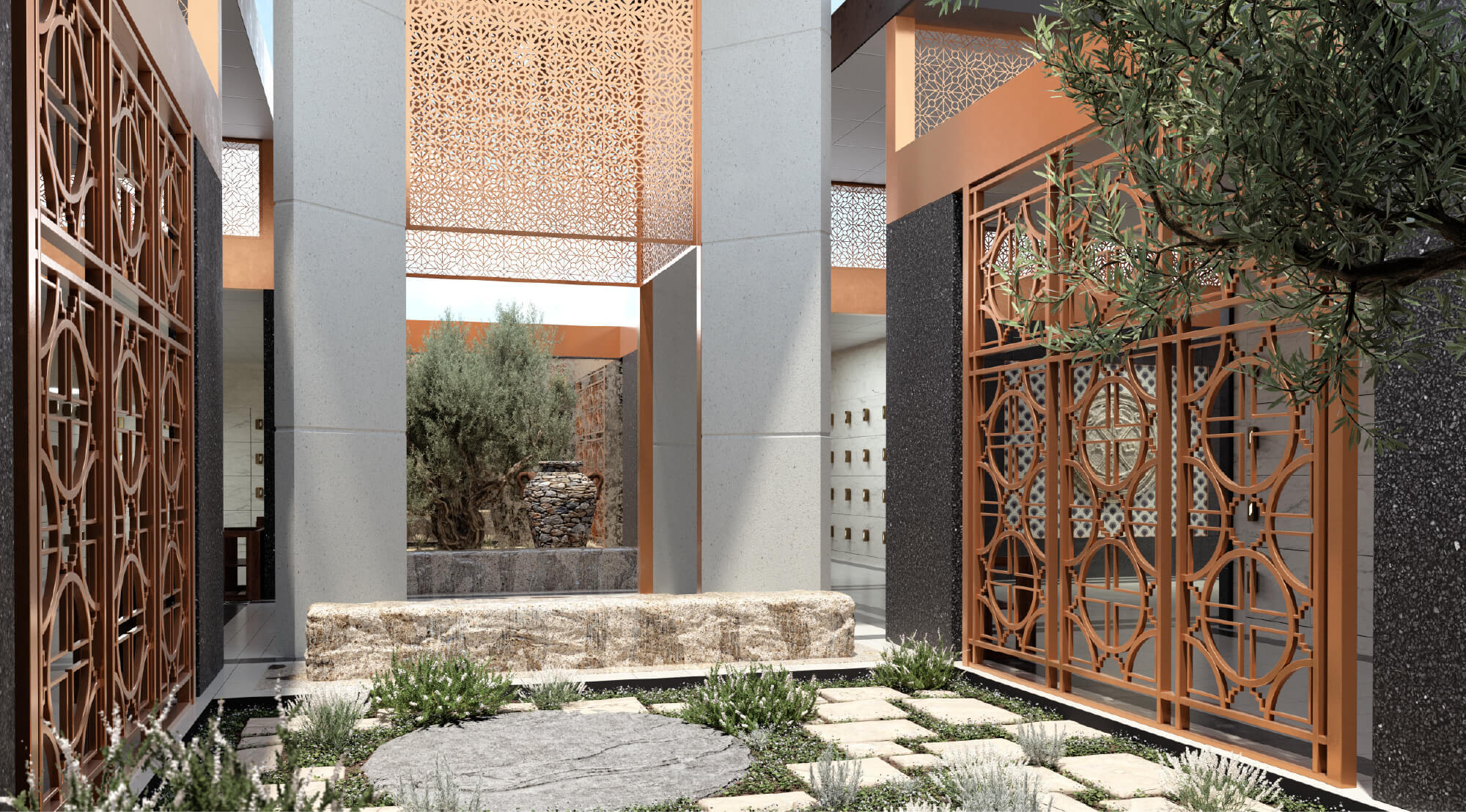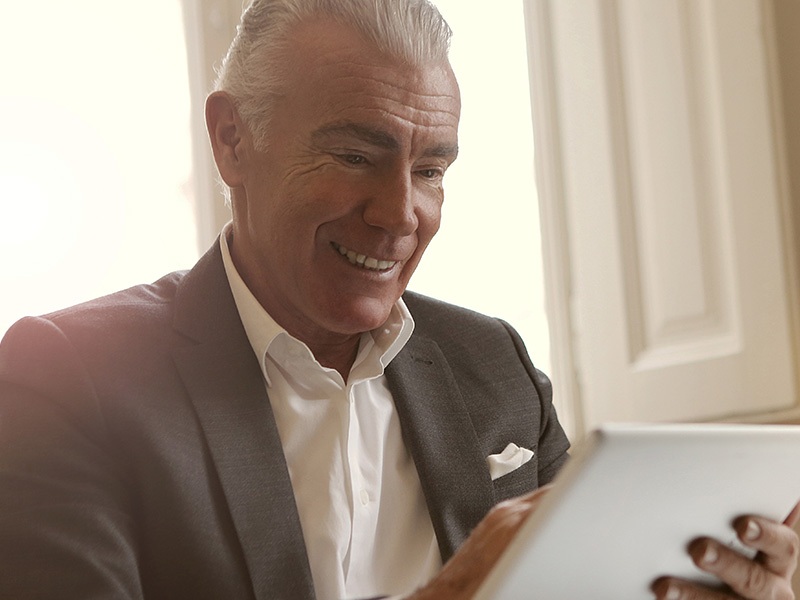What's your favourite tree?

Chris Hewitt and the team of arborists at Southern Metropolitan Cemeteries Trust (SMCT) plant, monitor and maintain tens of thousands of trees across nine of our cemeteries and memorial parks.
National Tree Day on Sunday 29 July was a perfect excuse to chat with Chris about the role of an arborist, the uniqueness of the trees in his team’s care and answer the difficult question, “What’s your favourite tree?”

How long have you worked on the grounds at SMCT?
I have worked at SMCT for 17 years and started as a gardener, then after becoming qualified in horticulture and landscape, I specialised in caring for trees. I completed a trade qualification in Arboriculture and then completed a diploma in 2014. I have been working with trees in total for around 13 years now.
What is it about trees that fascinates you?
Trees are able to communicate and defend themselves against attacking insects. Scientists have found that trees can flood their leaves with chemicals called phenolics when the insects begin their raid. They can also signal danger to other trees so they can start their own defence. They also lower air temperature by evaporating water in their leaves and produce oxygen and reduce the amount of carbon dioxide in the atmosphere. Their ability to defend and communicate with each other is fascinating, so it’s unfortunate that 7.5 million trees are removed annually just to make paper coffee cups.

Do you have a favourite tree located within our grounds?
The hardest question I have been asked is what tree is my favourite. All trees, even of the same species, have different characteristics that can appeal to people. Whether it’s a redwood that can grow to 150 metres and live for thousands of years or a small fruit tree that lives for 20, every person can find a characteristic that appeals to them.
After a long, indecisive and difficult process to try and single out one favourite tree, I have decided on one that deserves some attention. This tree is growing at Springvale Botanical Cemetery (SBC) on the C. E. Bolingbroke Memorial Lawn which is an old lawn burial area. The tree is approximately 80 years old and is in good health. It withstood many setbacks in its time and has adapted to these issues including root damage and climatic change, so it’s quite an example of resilience.

Can you tell us a bit about it?
The tree is a Corymbia citriodora - Lemon Scented Gum, it is a member of the Eucalypt family and is native to the eastern coast of Australia. It has bark that is smooth, and can range in colour from white, pink, coppery-red to blue-grey and sheds bark in thin curly flakes in Spring. It has a symmetrical spreading canopy of sparse foliage and ideally requires space to take full advantage of its beautiful form.
When the leaves are crushed they have a strong aroma of lemon and eucalyptus. The tree flowers mainly in Spring and Summer and, on occasion, can flower throughout the entire year. The tree’s flowers contain good nectar and pollen for bees, birds and other wildlife.
This tree is fairly stunted in height due to the lack of ground-water and the damage to the root system, so it has put its energy into growing a wide canopy which assists with the overall stability. Its dimensions are a height of 21 metres with a width of 24 metres so it’s an impressive size regardless of the difficult conditions it faces.
The tree stores roughly 50 kg of carbon per year which equates to 3.5 tonnes of carbon in its lifetime.
That’s a lot of reasons for making it my favourite.
During your time working at SMCT how many trees have you planted?
During my 13 years of working specifically with trees, I have planted over 10,000 trees. These trees have been planted over the nine sites that we care for.

What's your favourite thing about working as an arborist?
As an arborist, the works we carry out will not only benefit us but will also benefit future generations.
The trees at SMCT range from 5 – 150 years old, with some species being planted by Baron Sir Ferdinand Von Meuller who was the director of the Botanic Gardens and introduced many of the European species to Australia, so there’s historical value to them too.
It is often misunderstood that an arborist just cuts trees down. The actual role of an arborist is someone who cares for trees and allows them to grow in the community whilst minimising risk to people and infrastructure. Trees, like people, require a level of care to survive, they can get sick and become weak from disease. An arborist can determine what the illness is and knows how to remedy this. In effect, we are caring for members of our community, just in plant form.





